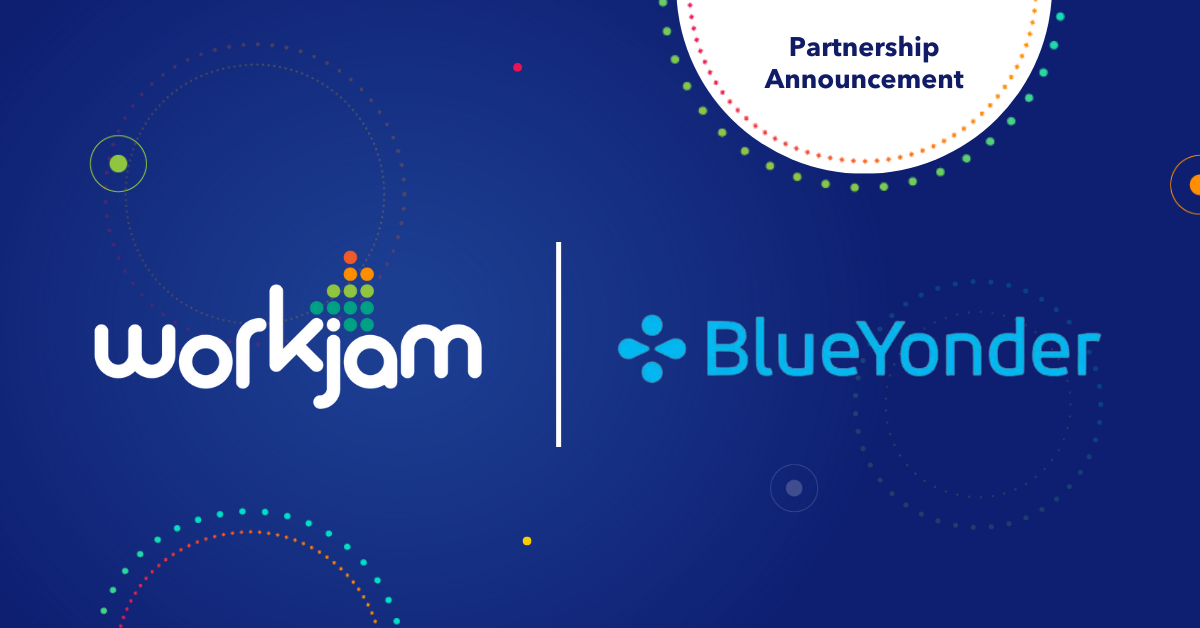The end of “no-poach” policies requires new strategies for employee retention.
The abandonment of “no-poach” policies is a growing trend in restaurant franchising. In July, Carl’s Jr., Cinnabon and five other chains announced similar measures to eliminate contract restrictions for franchisees.
With the most recent announcement affecting more than 15,000 franchise locations nationwide, the writing is on the wall — “no-poach” clauses are quickly becoming the exception rather than the rule in restaurant chains and fast-food franchises.
In the past, franchisees used the rule to prevent employees from taking a position with another franchisee operating under the same brand. For example, a cashier at a Panera location could not secure a position at another Panera location, even if it meant better career opportunities.
Proponents of the “no-poach” clause claim the rule provides protections for all franchisees. Without the rule, individual franchisees’ return on training investments are at risk. However, the rule’s opponents point out that it creates an unfair environment that limits competition and depresses wages for workers.
But, regardless of where you fall on the merits of the policy, one thing is certain: If you’re a restaurant franchisee, you’ll probably need a new strategy for reducing turnover and retaining knowledgeable employees.
How to retain employees through better employee engagement
According to WorkJam research, more than half of the retail and restaurant workforce (51 percent) is either actively looking for or open to new job opportunities. To manage turnover, restaurant franchisees need to identify strategies to improve employee engagement.
1. Implement a digital employee feedback mechanism.
As a restaurant franchisee, you need to make your employees part of the team and help them contribute to the company’s success in a meaningful way. Unified communication through digital platforms makes it easy for employees to provide on-the-ground insights and suggestions to managers. Platforms that feature advanced analytics take the process a step further by converting employee insights into actionable steps, creating new opportunities for both your business and employees.
2. Measure and recognize good work.
Everyone appreciates recognition for a job well done. But, to improve engagement, you have to connect recognition to measurable outcomes rather than the subjective opinions of managers or coworkers. Integrated platforms track metrics related to performance and customer satisfaction, increasing visibility to good work and allowing you to recognize the contributions of standout employees in real time.
3. Improve scheduling processes with technology.
Restaurant and fast-food employees often experience scheduling that is chaotic and unfair. It’s not uncommon for managers to ask workers to fill last-minute or previously unscheduled shifts that wreak havoc on the employee’s personal life. Nor is it uncommon for employees to get cut from a shift, depriving them of earnings. Better schedule communication with more accurate availability improves employee morale and engages workers in the process. First-rate scheduling software uses self-service tools to involve employees in the process of balancing their availability with the needs of your business.
4. Offer ongoing training opportunities.
Restaurant employees value continual learning because it provides opportunities for personal and professional growth. Yet, many restaurant franchisees only offer structured training during the onboarding period. In addition to periodic in-person training events, consider offering ongoing digital resources (e.g., videos, assessment quizzes, etc.) that improve employees’ ability to serve your customers and prepare them for career advancement.
The end of “no-poach” policies presents an important opportunity for your restaurant franchise. Do nothing and employee turnover is all-but-guaranteed to increase. But, by developing a strategy to proactively improve employee engagement through the use of technology, you can reduce turnover and create a more loyal, higher-performing workforce.


